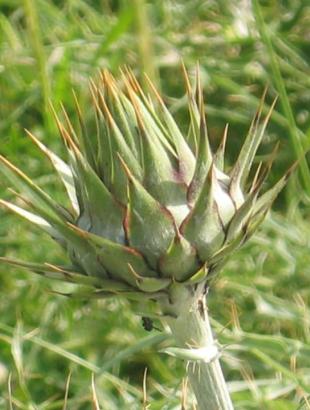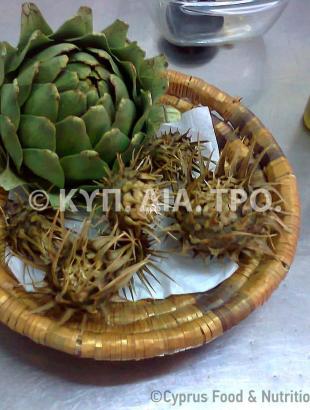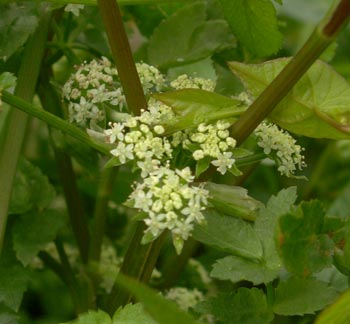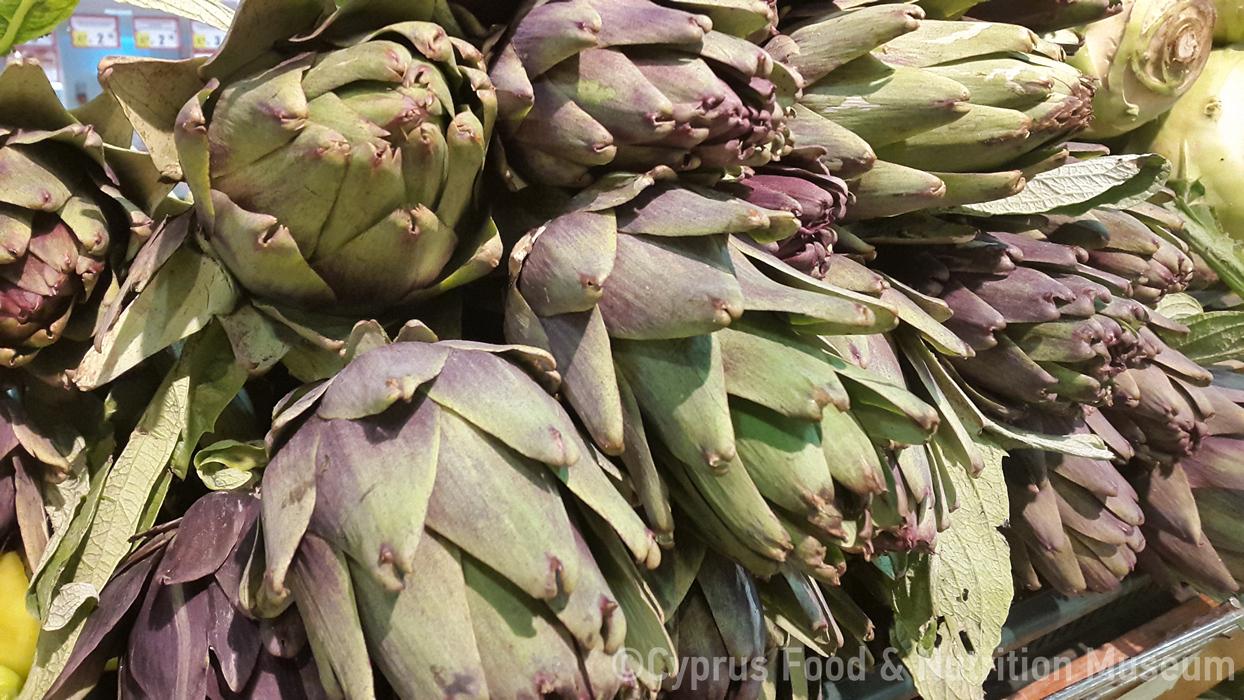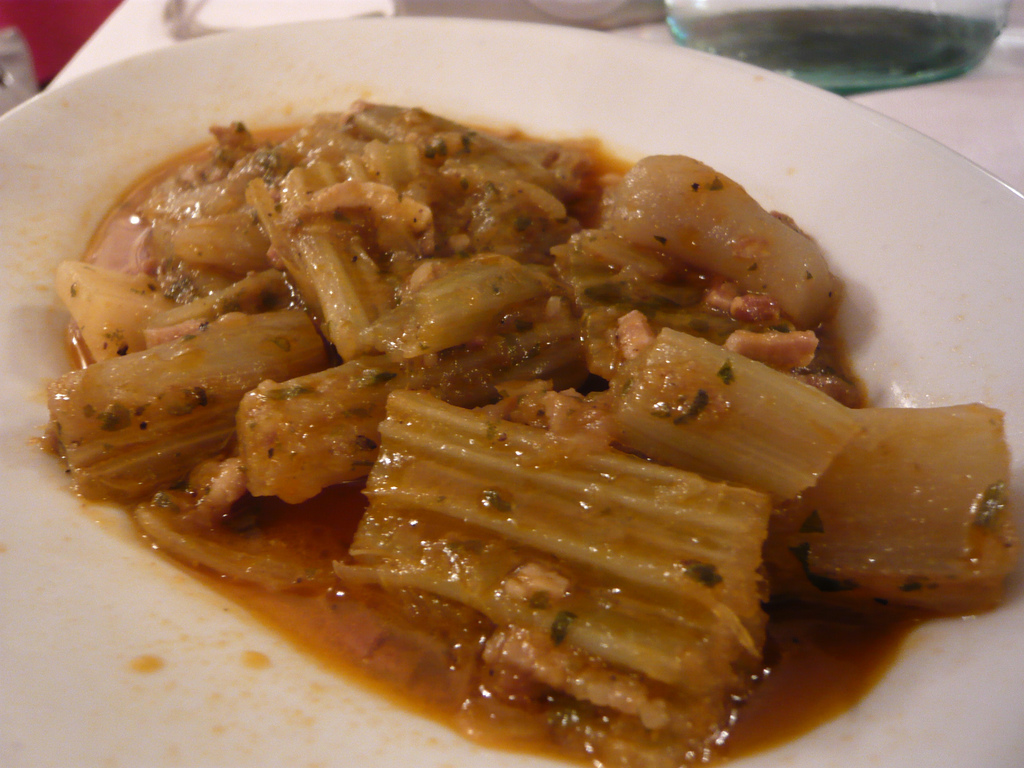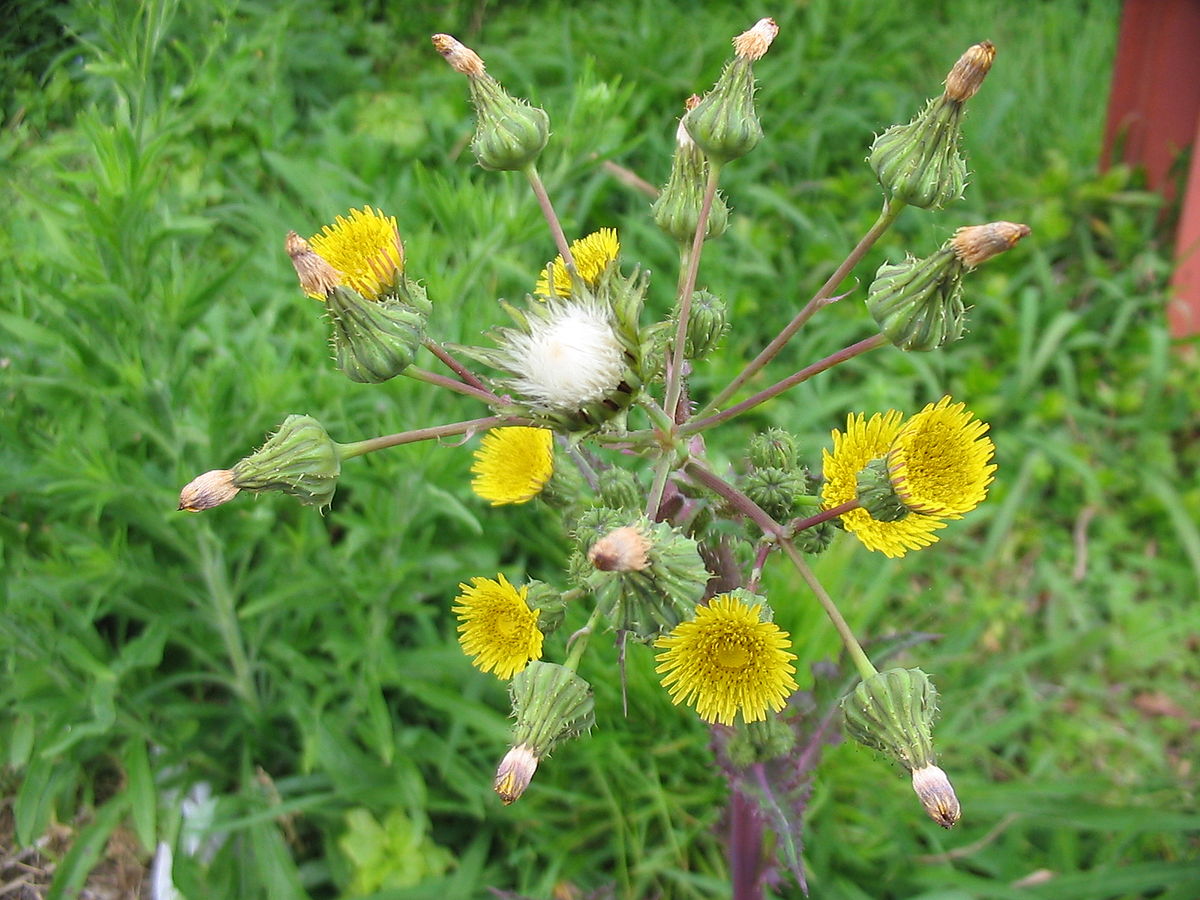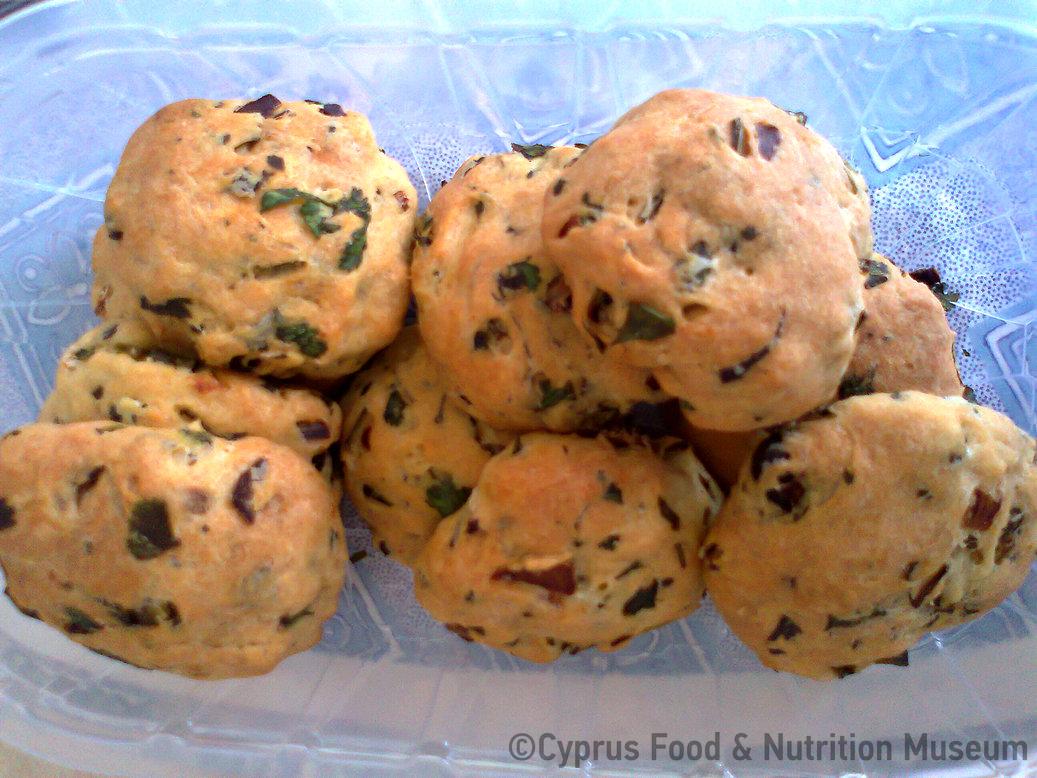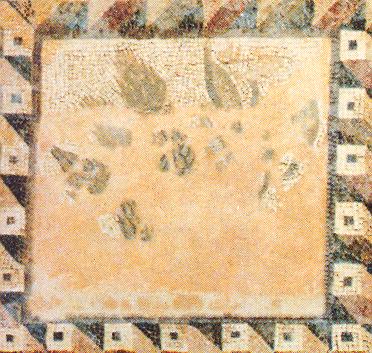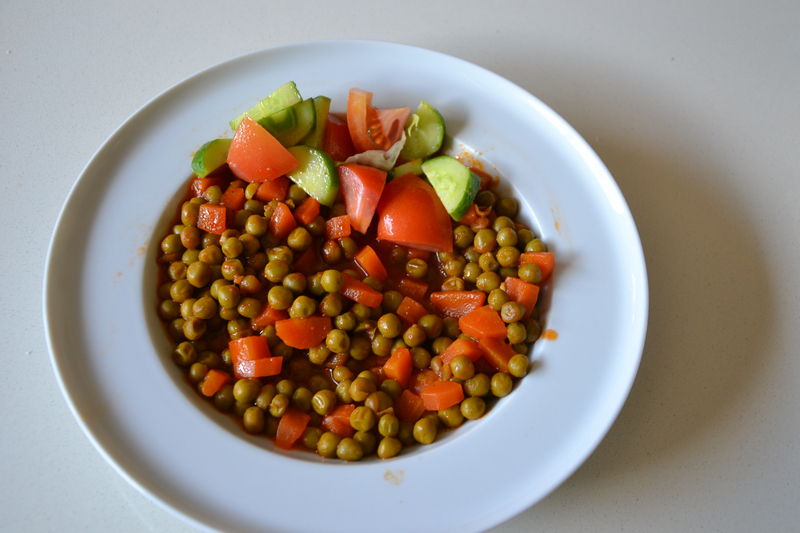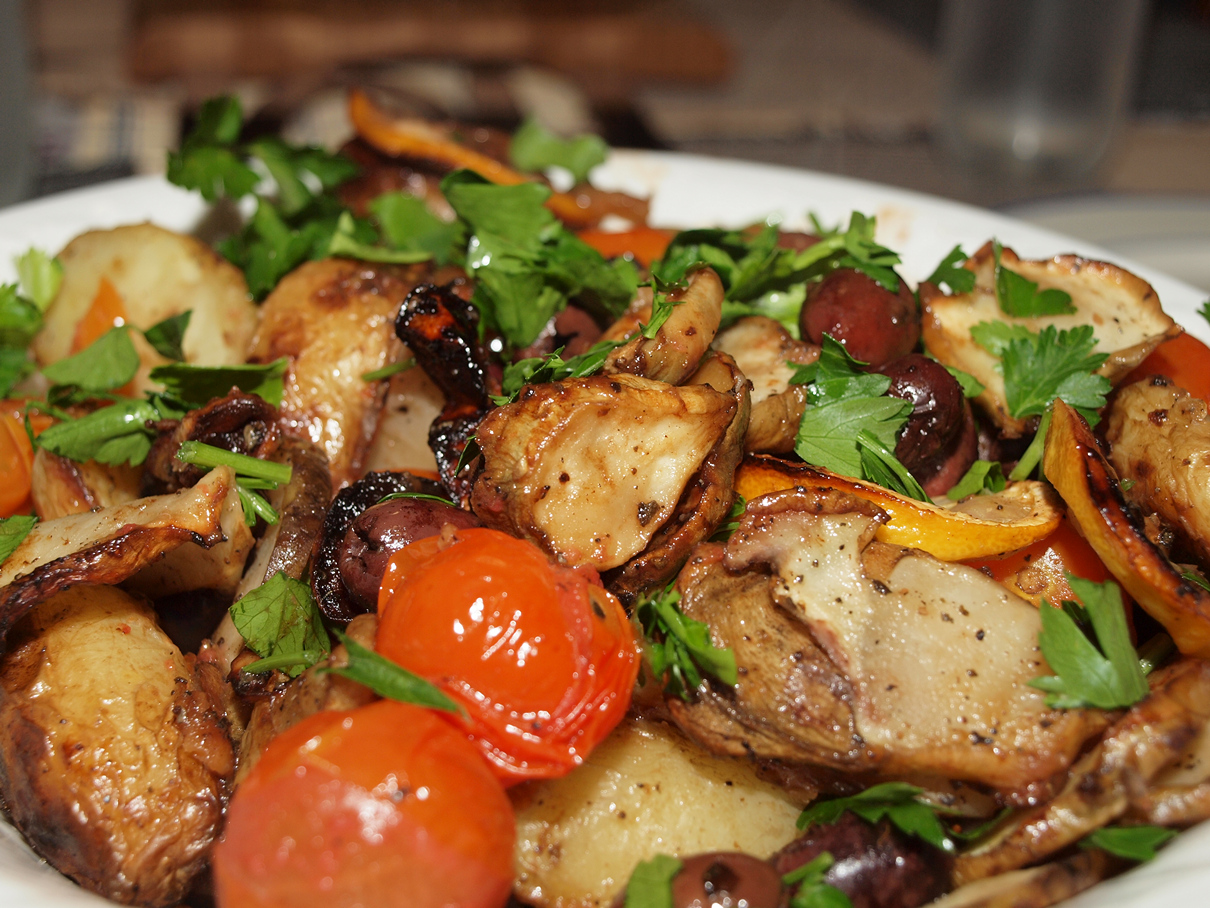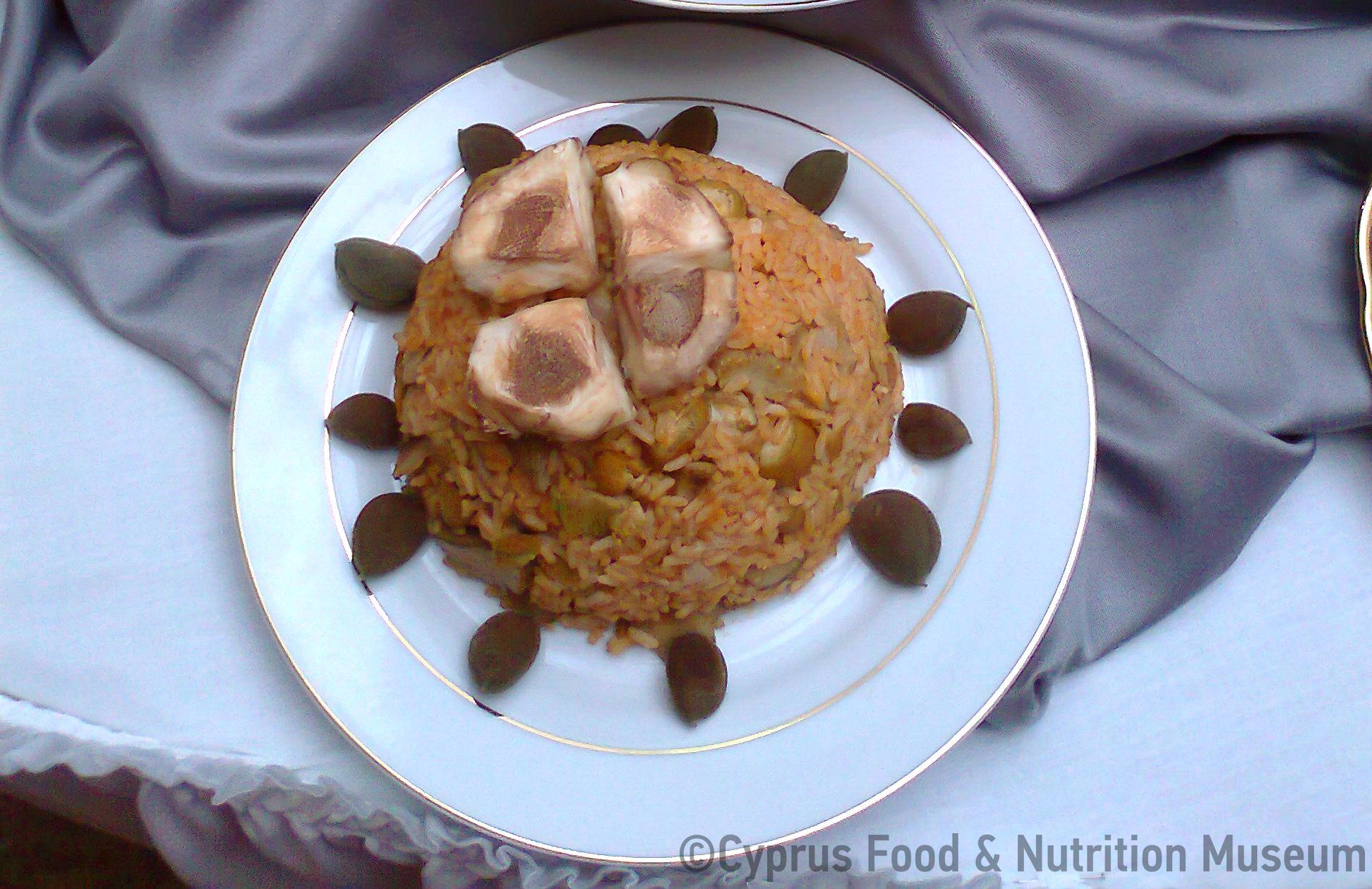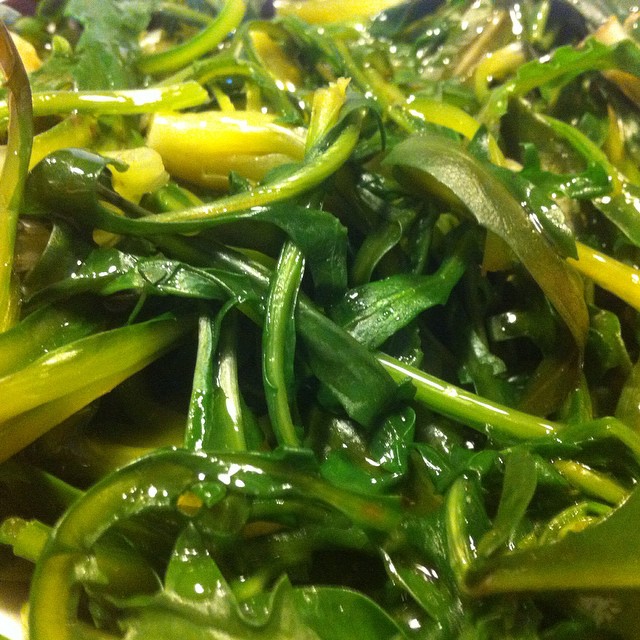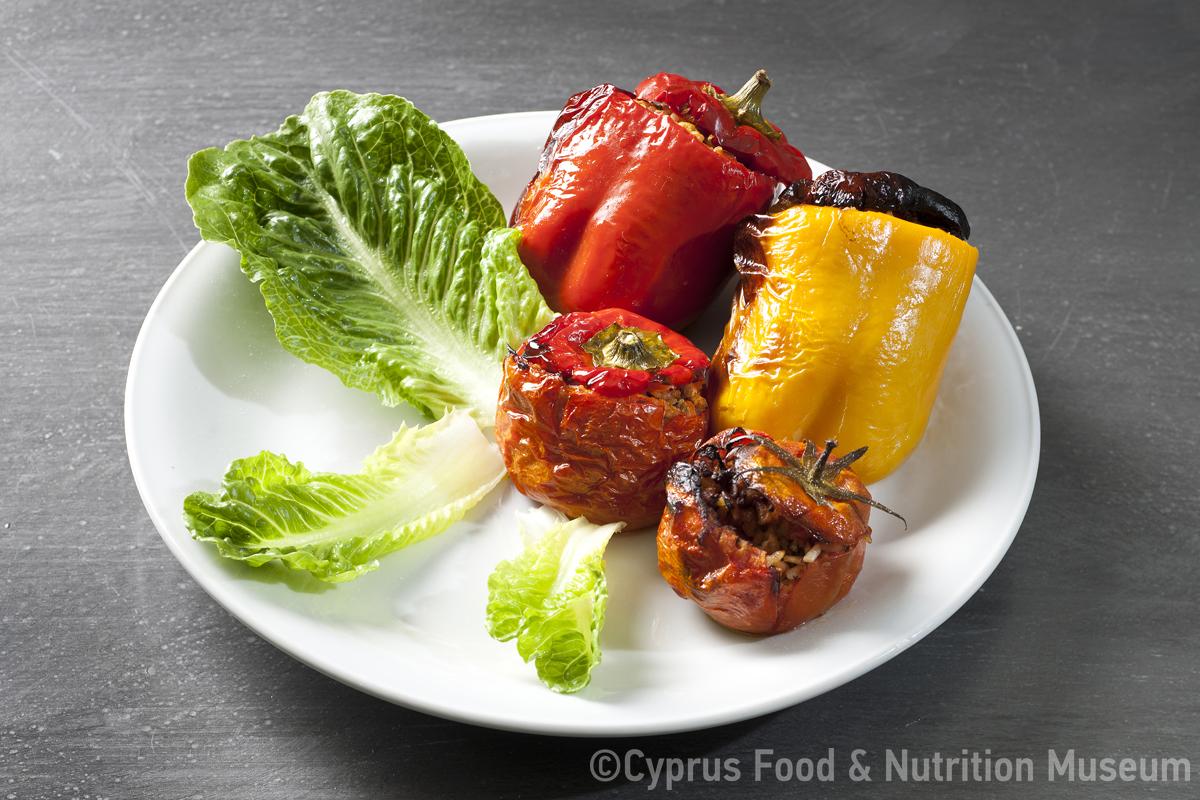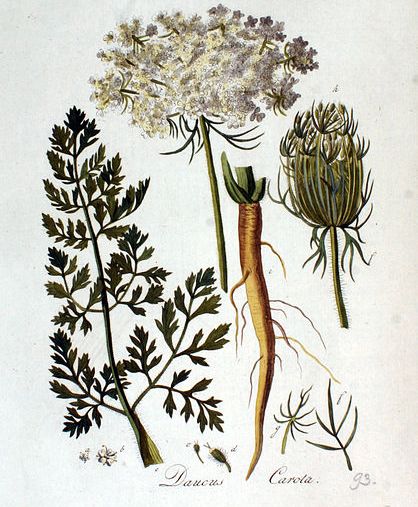Agriotzinara is eaten fresh and cooked. Its stems are boiled with legumes, especially beans and black eyed beans. Their artichokes are boiled, fried with eggs or cooked with meat and potatoes in a pot and they are very tasty.
Name - Origin
κινάρα η κάκτος, αγριαγκινάρα.
Agriotzinara ‘is a perennial thorny plant with a sturdy root that remains alive to give new shoots every year. The aboveground part dries out during the summer season. The plant resembles the domestic artichoke, except that it bears thorns. It is also very similar to hostés (common name also: cardoon), which also belong to the same genus. Agriotzinara differs from hostés in that it is much sturdier, with upwardly extending leaves and and more/larger thorns. Hostés are smaller, with leaves spreading out on the ground and with fewer and smaller thorns. It is commonly found in various lowland areas of Cyprus. It is mainly found in uncultivated areas and field boundaries’ (Savvides 1999, 10-11).
Scientific name: Cynara cardunculus/asteraceae and according to Xenophon P. Pharmakidis: Cynara horrida and Cynara sibthorpiana (Kypri 1983 [2003²], entry αρκοτζ̌ινάρα,η, 248)
The large flowers of the arkotzinara are called kavkaroúes (Savvides 1999, 10).
Arkotzinara is eaten fresh or cooked. The stems of the tender leaves, after being cleaned of their thorns, are eaten fresh, as well as the artichokes. The stalks are bitter, so they are boiled beforehand and then, in clean water, they are added to boiled legumes, especially beans and black eyed beans The artichokes are boiled, fried with eggs or cooked with meat and potatoes in a pot, and they are very tasty. They are collected from January to April (Kantzilaris 2007, 262).
In Palaichori, arkoatzinares were fried with eggs (Psilita-Ioannou 2010, 59).
"The tender leaves, after being cleaned from thorns, are boiled and eaten. They are usually cooked with legumes. Also, the large flowers (kavkaroúes) are consumed when fresh" (Savvides 1999, 10).
Functional and symbolic role
Arkotzinares contain few calories, vitamins A, B1, B2, B3 and calcium, phosphorus, sodium, potassium, iron, albumin, carbohydrates and insulin (Kantzilaris 2007, 262).
Additional information and bibliography
As a herb, arkotzinara is a diuretic, recommended as a liver tonic, it is even said to lower cholesterol (Papoulias 2006, 11).
It is one of the few plants that have a direct and rapid effect on various liver diseases (Kantzilaris 2007, 262).
People believed that arkotzinara purifies the blood (Loizou 1999, 163).
Yangoullis K. G. (2009), Thesaurus of the Cypriot dialect. Interpretative, Etymological, Phraseological and Nomenclatural Dictionary of the Medieval and Modern Cypriot Dialect, Theopress Publications, Nicosia.
Kantzilaris G. (2007), Το Καϊμακλί μέσα από το πέρασμα του χρόνου, publication of the new coop of kaimakli, Nicosia
Kypri Th. D. (ed.) (1983 [2003²]), Materials for the compilation of a historical dictionary of the Cypriot dialect, Part B, Glossary of Xenophon P. Pharmakides, Publications of the Centre for Scientific Research, IX, Nicosia.
Loizou P. (1999), Σπαθαρικό Αμμοχώστου. Το χωρκό μου (ζωή, ιστορία, ασχολίες), Limassol.
Papoulias Th. (2006), Τα Άγρια Φαγώσιμα Χόρτα του Βουνού και του Κάμπου, Psyhalos, Athens.
Savvides L. (1999), Αγριόχορτα που τρώγονται: Από τη χλωρίδα της Κύπρου, Print today, Nicosia.
Psilita-Ioannou P. (2010), Παλαιχώρι: Ιστορία και Πολιτισμός, Platypus Publishing, Athens.
Tonia Ioakim, Kyriaki Panteli, Savvas Polyviou, Eleni Christou / Petroula Hadjittofi, Argyro Xenophontos
